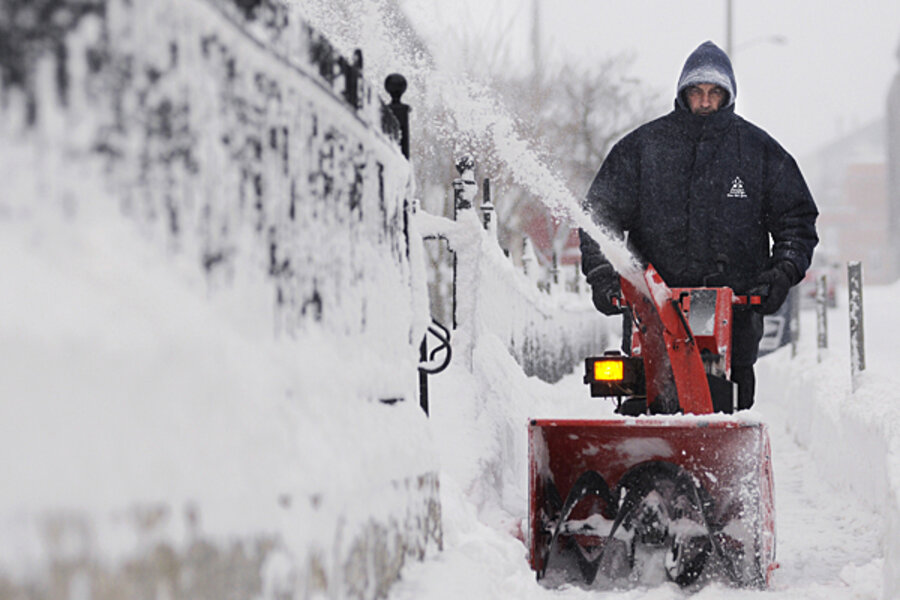Winter storms send natural gas prices to 4-year high
Loading...
Ongoing cold weather in the Northeast United States has caused natural gas prices to spike to their highest levels in over four years. March delivery for natural gas hit $5.58 per million Btu (MMBtu) in early trading on February 5, 2014, a price not seen since early 2010. An unusually cold January complete with multiple snow storms has the region burning through more natural gas than expected. Pipeline constraints have localized prices spiking to a premium – prices serving New York City briefly surpassed $90/MMBtu in the last week of January. The situation was similar in New England, where prices hit $70/MMBtu before falling back again.
With the region consuming high volumes of natural gas to heat homes and businesses, storage levels are 22.5% below where they were a year ago and 16.6% below the five-year average. In fact, consumption has been so high, that since 2005 the five highest days of natural gas consumption all occurred in January 2014. (Related article: Is There Still Opportunity in the Natural Gas Space?)
The country has become used to cheap natural gas from the shale gas revolution over the past four or five years, and the latest flare up in prices has been all but unseen over that timeframe. The low natural gas prices have allowed utilities to switch away from coal to natural gas, which has compounded the problem this winter as more and more generators are burning through gas.
If prices stay above $5/MMBtu there will certainly be an increase in the number of drilling rigs returning to the gas patch, after many of them migrated westward in search of more lucrative natural gas liquids and oil. The spike is likely temporary though, with April futures prices down to $4.65/MMBtu – still high by the standards of the last half decade, but lower than what we are seeing this winter.
Original article: http://oilprice.com/Latest-Energy-News/World-News/Natural-Gas-Hits-4-Year-High.html







